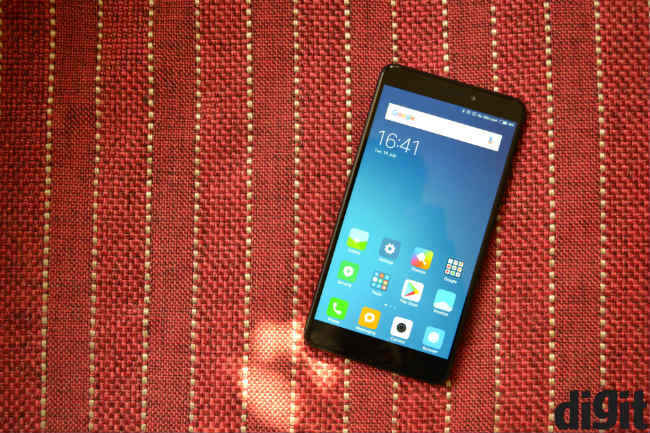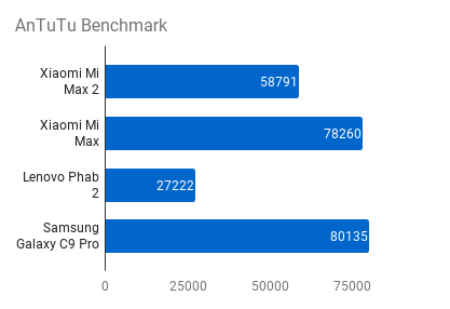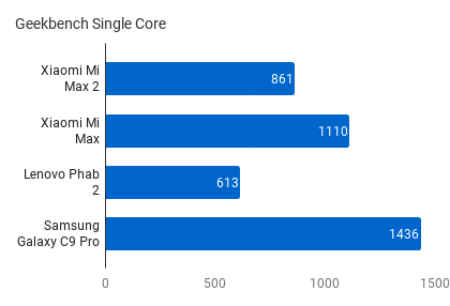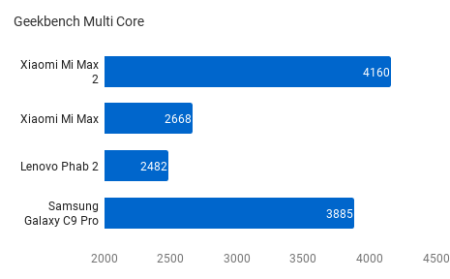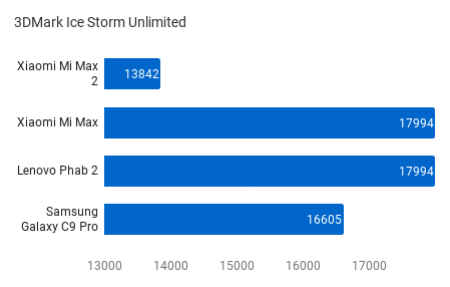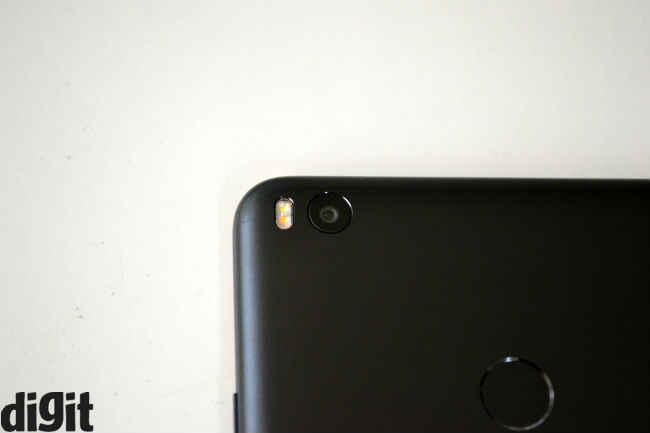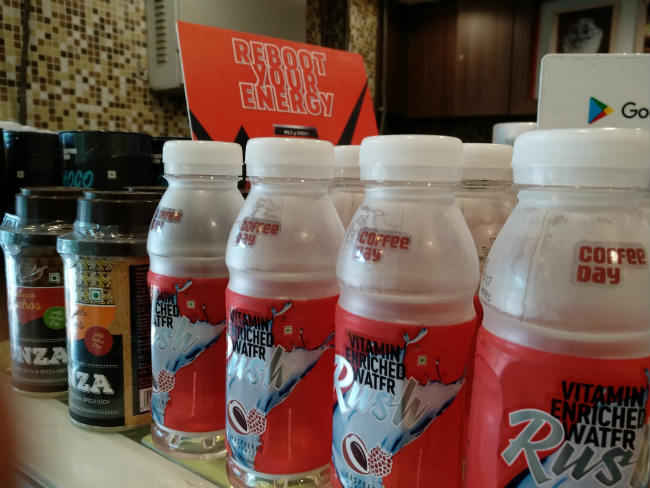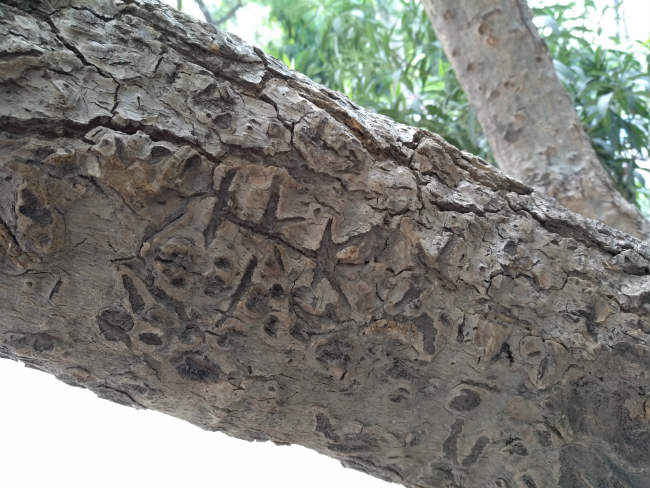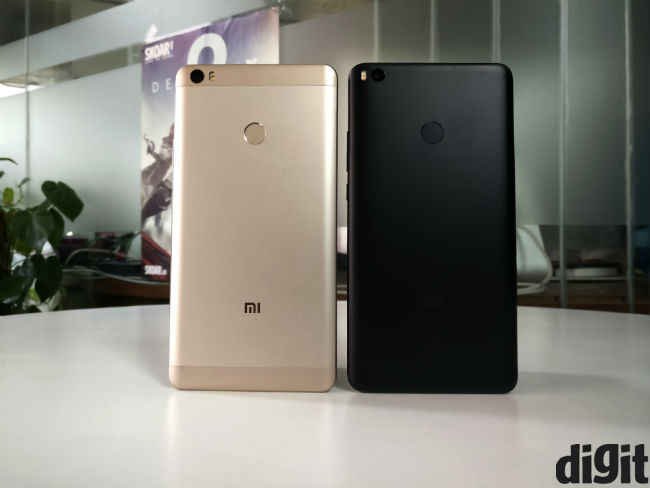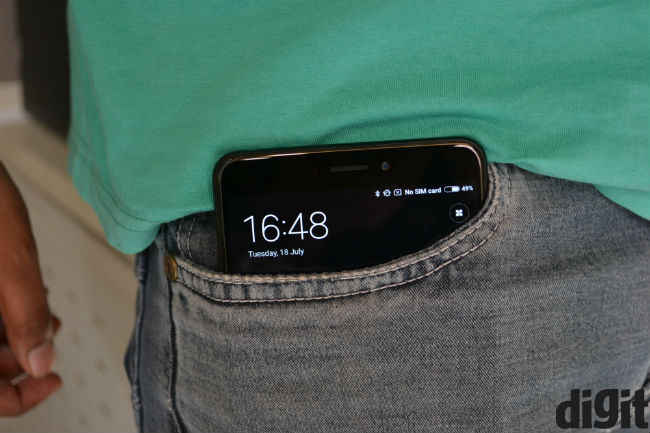Xiaomi Mi Max 2 Review : Good, but not better
The Xiaomi Mi Max 2 is the right budget phablet for those who don't have the Mi Max already. Premium buyers can get a far better phone with the Galaxy C9 Pro.
I never carry the Mi Max with me, because frankly, I’m averse to big screens. That said, on occasion, I’ve found the phone really handy. While working on the Mi Max 2 review, I have come across aspects that I personally cannot appreciate, while there are some things worth considering. Even so, I’ll start this review by warning you that this is NOT an upgrade for an existing Mi Max user. It’s meant for someone buying a new large screen phablet in 2017.
Xiaomi Mi Max 2 Specifications
Display: 6.44 inch FHD
RAM: 4GB
ROM: 128GB
Rear Camera: 12MP
Front Camera: 5MP
Chipset: Snapdragon 625
Battery: 5300 mAh
Display: Same weaknesses, but slightly improved…
As with its predecessor, the Mi Max 2 is all about the screen and frankly, I’m a little disappointed this time. I wrote in my Mi Max review that better viewing angles would be warranted for a device in this genre, and sadly the company hasn’t been able to improve on that. The Mi Max 2 is meant for media consumption and you don’t expect the user to hold such a huge phone in his/her hand through a whole movie.
To be clear, you don’t see the colour shift all the time, but it’ll be an issue if two or three people are trying to watch a video on it. I propped the phone up next to me, while I sat right beside it. My head was about two feet above the display, looking directly at it, and I could see the colour shift from certain positions. This is an issue in the long run, since one almost never watches a full movie without changing positions in between. On this large a screen, the smallest anomaly seems pronounced, and that’s why I can’t get over the viewing angles’ misstep.
The display has sub-par viewing angles, but better contrast and colours
I watched the first episode of Game of Thrones’ new season on this phone, and the scenes set in the night were often difficult to watch. That’s also thanks to a dim-ish display, which can be an issue when watching stuff outdoors. Xiaomi’s auto-brightness algorithms aren’t the greatest and I’d suggest depending on manual calibration for this one.
On the flipside, the Mi Max 2 sports better contrast than its predecessor. So, things look more vibrant when looking straight at the display. The reds are redder and the difference in black and white is enhanced. Reading on Pocket’s dark mode is pleasant and high quality content, as on Amazon Prime Video or Netflix, looks good. A year apart from its predecessor, the Mi Max 2 is still a good phone for video consumption.
With the dimensions, resolution and pixel density remaining the same, the Mi Max 2’s display looks better than its predecessor at first. But it’s not much of an improvement, thanks to sub-par viewing angles.
Battery: Class leading…
The only real claim Xiaomi is making with the Mi Max 2 is extended battery life. The company likened the device to the Nokia 3310 at launch. But while that’s a tad far fetched, the Mi Max 2 is one of the few smartphones that can hold a candle against the 3310. Keeping the comparisons aside for now, the Mi Max 2 is a battery monster.
PC Mark’s Work 2.0 battery test takes nearly 18-odd hours to churn battery power down from 80% to 20%. Xiaomi claims 11 hours of non-stop gameplay, which is quite believable. I streamed 10 hours of non-stop HD video without a break, on 80% battery. When I was done, the Mi Max 2 still had 19% battery left.
Xiaomi has made a point of touting battery sizes on its new smartphones, and this is the biggest change in this year’s device. While the Mi Max wasn’t bad to start with, the Mi Max 2’s battery life is enhanced and surpasses the Lenovo P2’s standards. Of course, the power efficient Snapdragon 625 chipset plays a big role here.
Performance: Works, but a downgrade…
The Snapdragon 625 is a proven chipset, powering the lion’s share of sub-20k smartphones today. Qualcomm’s efforts with this one have been to strike a balance between power consumption and speed, and in that endeavour, the 625 succeeds once again on the Mi Max 2. That said, there’s a striking compromise in speed here, which only Mi Max users will notice.
The Snapdragon 625 supports up to 1080p display, and at this size, this is the most power hungry 1080p display one can think of. On the other hand, the Snapdragon 650 supports QHD panels, so a 6.44 inch 1080p display was easier for it to handle. As a result, there’s a sense of sloth about the Mi Max 2 that I can’t quite appreciate, having been a Mi Max user. The zippiness is missing from MiUI, which is what attracted me to the Mi Max in the first place. A big screen phone that’s fast and smooth is a treat to use. A big screen phone that is even slightly slow can be frustrating for nitpickers like me.
I’m not saying that the Mi Max 2 is a slow phone, but that it ‘feels’ slower than the Mi Max. On its own, the Mi Max 2 is an able performer, but not an outrightly fast smartphone.
Battery life will assist you in long gaming sessions and frame rates will drop very rarely and only over extended gaming sessions, as long as you’re indoors in air conditioned rooms. That too is true for the most intensive games only, while most others can run at playable frame rates of 30fps and above.
Performance on the Xiaomi Mi Max 2 is reasonable, which I suspect is what Xiaomi was going for in the first place. This product I suspect is created to target a still niche market, which cares about the phone’s display size over anything else.
The camera sits flush on the back
Camera: Lesser pixels, but better image quality…
The Mi Max 2 is a poster boy for the megapixels debate in smartphone cameras. It has a 12MP Sony IMX386 sensor and f/2.2 aperture. Neither of those specs stand out, except the fact that its predecessor had a 16MP sensor and f/2.0 aperture. You need to get past the specs here, because the Mi Max 2 indeed clicks better photos than the Mi Max.
Xiaomi has been able to enhance contrast levels and colour reproduction, but details are still lacking on this camera. In essence, the Mi Max 2’s camera is better than its predecessors, but far behind competing smartphones. You will get shareable photos when shooting in daylight, but low light photos are consistently average. It doesn’t take a pixel peeper to notice the undersaturated colours and lack of details in photos.
Indoor Shot, Original Photo
100% crop
Normal Light Original Photo
100% crop
Note: I never used the Gallery app on the Mi Max 2 since it asks for access to Contacts (as an essential permission), and I can’t imagine why a Gallery app would need that, unless it’s Google Photos. I’ve mentioned this in other Xiaomi reviews as well, but the company seems to be continuing with the move with no explanation
Build and Design: Big done the wrong way…
The Mi Max 2 has almost exactly the same dimensions as its predecessor, but it feels more unwieldy. This is probably the only form factor where the rounded Apple/Oppo-like form factor doesn’t work. You can’t really get a good grip on the phone, and its rounded sides make it nearly impossible to prop it up against something on a table or bed. The phone is not meant to be ergonomic to start with, but this is one of the chief reasons why I think rehashing the same design again and again doesn’t work.
Xiaomi Mi Max (Left), Xiaomi Mi Max 2 (Right)
Xiaomi Mi Max (Left), Xiaomi Mi Max 2 (Right)
Not really pocketable
What Xiaomi has done here is it has taken the trending design this year, and put it on the Mi Max, forgetting that it really doesn’t work in this form factor. You have it all with this device, including the antenna line running along the top. I would certainly agree that the Mi Max 2 is a prettier phone than its predecessor, and the metal on it feels more premium, but the design is yet another reason why the Mi Max 2 isn’t an upgrade.
You will find the usual capacitive buttons on the front, while the camera sensor sits flush on the top left of the back. There’s a fingerprint near the center of the rear panel, but it’s a clean design otherwise, attractive but not ergonomic.
Against competition
I started this review warning you against an upgrade. The Mi Max 2 isn’t an upgrade to the Mi Max. It’s in fact a downgrade in some ways. That said, assuming Xiaomi stops selling the Mi Max altogether, the Mi Max 2 is still the best budget phablet option for prospective buyers. Its competitors include the Lenovo Phab 2 (review) and Phab 2 Plus (review), neither of which can outperform this phone in any way.
I would recommend Samsung’s C series phones to you, but they’re far too expensive for someone buying a sub-20k smartphone. Despite its weaknesses, the pricing of the Mi Max 2 makes it the best in its genre of smartphones, although premium phone buyers can get better with the Samsung Galaxy C9 Pro (review).
It goes without saying that a person eyeing the Moto G5 Plus (review) isn’t likely to be interested in the Mi Max. However, for those who want to put the two phones in the same segment, the Moto G5 Plus is faster, has a better camera and competitive battery life. It, and its competitors, including the Honor 6X (review), are better performing (in the overall sense) and more value for money smartphones than the Xiaomi Mi Max 2.
Bottomline
As mentioned above, the Xiaomi Mi Max 2 is the budget phablet to buy, but it’s not an upgrade from the Mi Max. In fact, I would still recommend that device, if you can get your hands on it. The Mi Max 2 is for those who want a good looking budget phablet, and do not have the Mi Max already. It gets extra marks for more storage and a better camera, but it could have been much better had Xiaomi improved on existing weaknesses.


